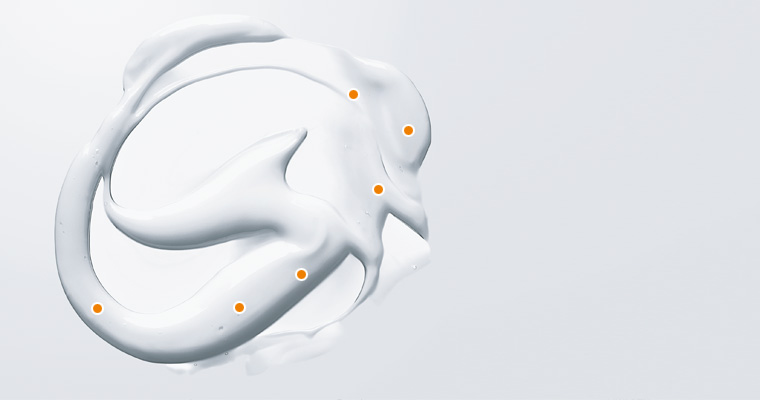WACKER continually surveys both the overall economic situation and industry-specific developments to identify risks as early as possible. Our risk management manual contains the system’s principles and processes. It explains reportable levels of risks and how risks are to be covered and mapped. The company’s risk management regulation stipulates reporting requirements, including when a specific committee must be informed. WACKER updated this regulation in 2009.
We record each special corporate and divisional risk in a risk list. Our groupwide risk management system draws on existing organizational and reporting structures, supplemented by additional elements.
We analyze and assess each identified risk’s probability of occurrence and potential affect on earnings. For early detection and identification, we use a variety of instruments. Corporate Controlling compiles a monthly report to inform the Executive Board of current and future business developments. Risks are evaluated and compared at regular meetings with the business divisions.
Corporate Controlling ensures the implementation of our risk management standards and continuously refines the risk management process. It not only records every substantial risk groupwide, but also evaluates them systematically according to uniform criteria. As the divisions are responsible for their own results, risk management is closely interwoven with the process of operational controlling. Consequently, operational risk management is firmly rooted in the divisions. Similarly, Corporate Finance, Raw Materials Procurement, Technical Procurement & Logistics and Legal & Insurance are integrated into risk controlling at the Group level.
Financial risks are managed at Corporate Finance, which is responsible for all measures relating to exchange-rate and interest-hedging transactions. Detailed specifications and regulations covering, for example, separation of trading and settlement functions, define WACKER’s scope of action. Corporate Accounting monitors receivables management vis-à-vis customers and suppliers.






